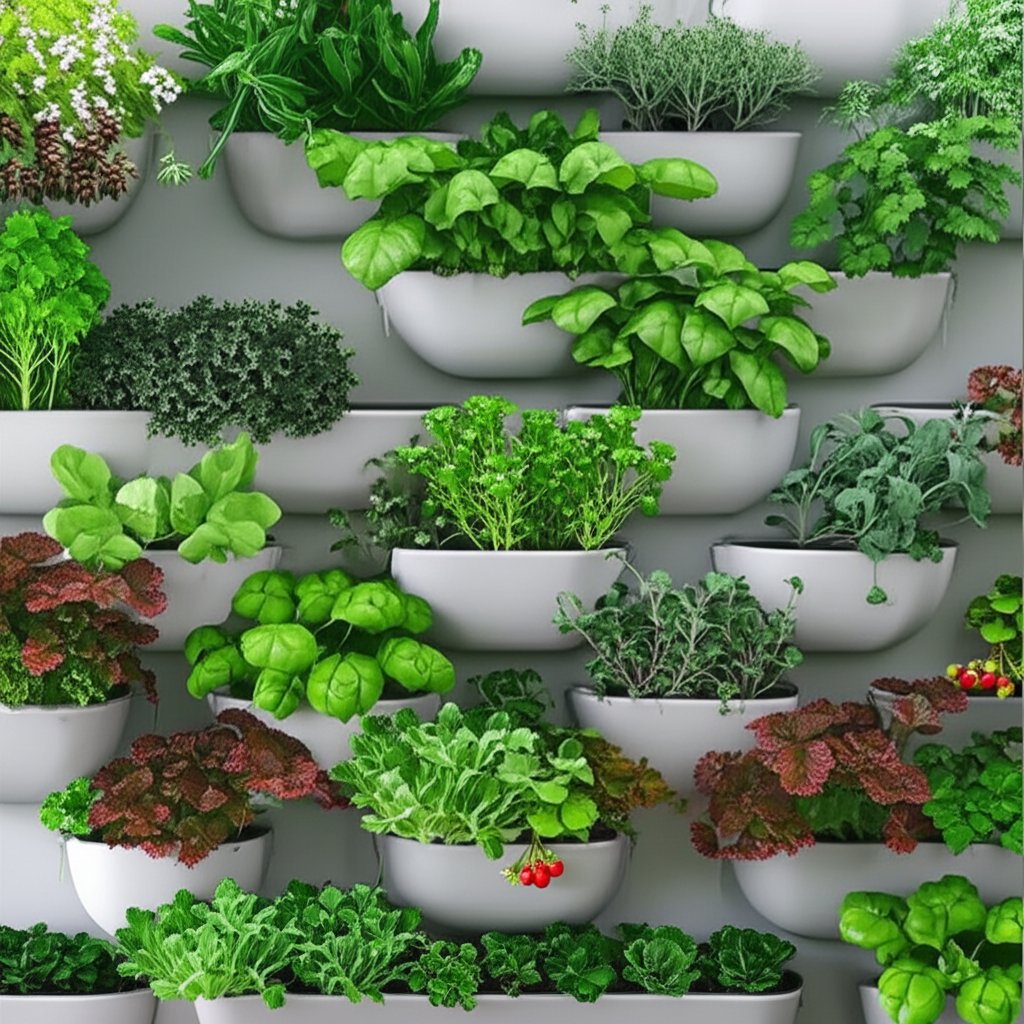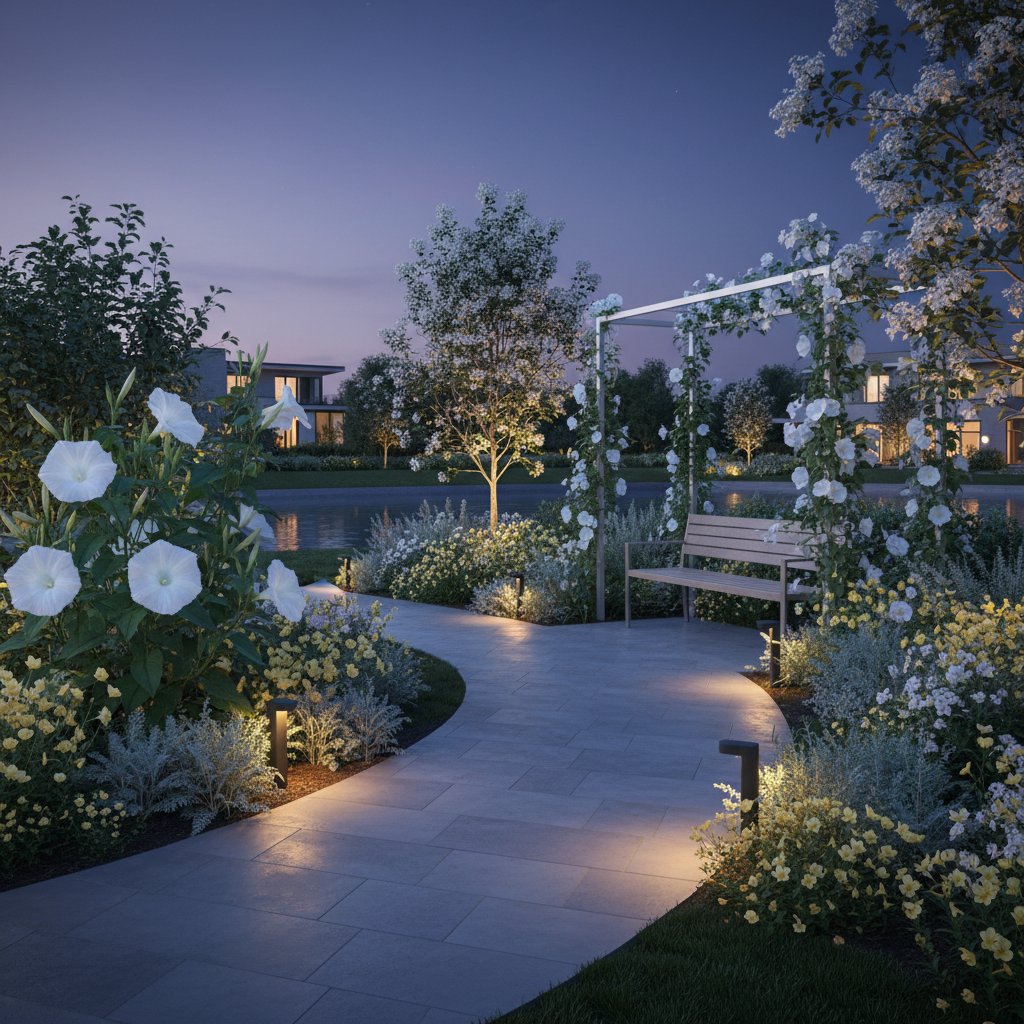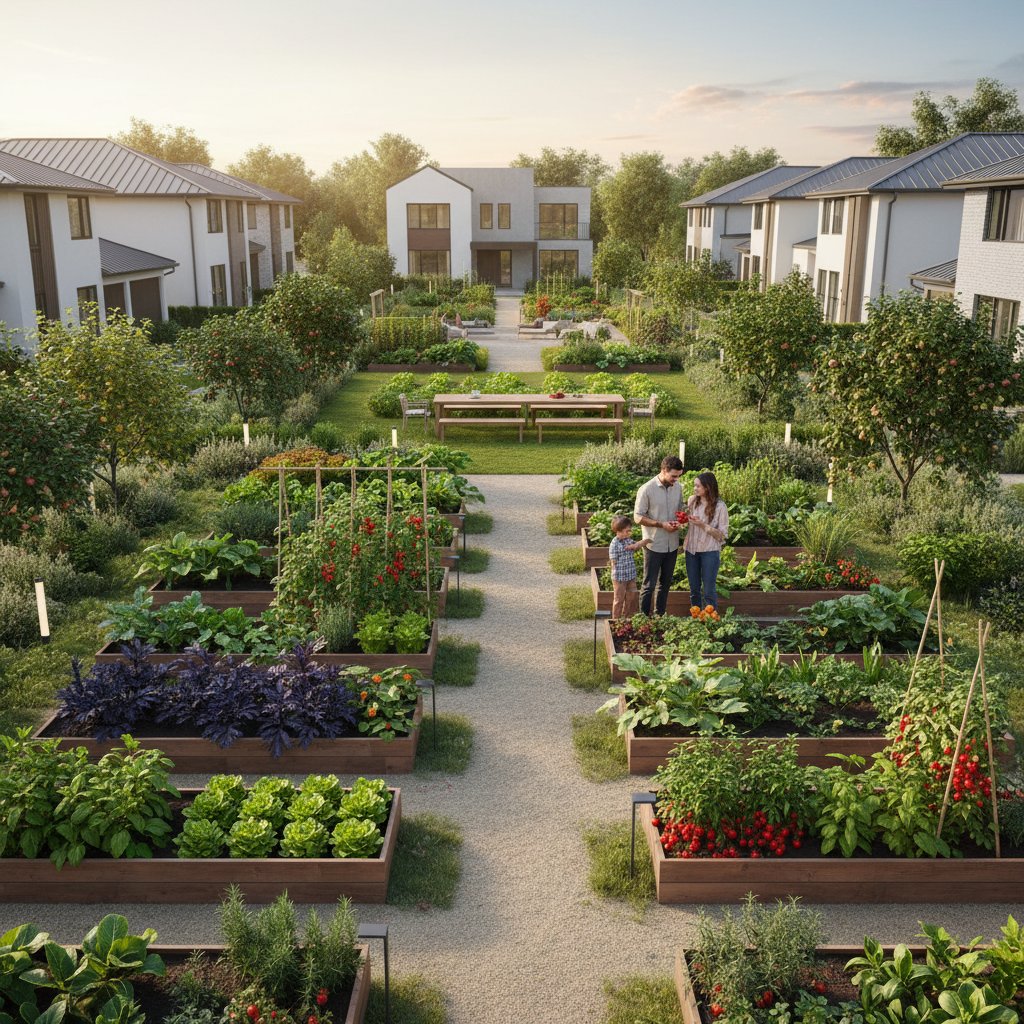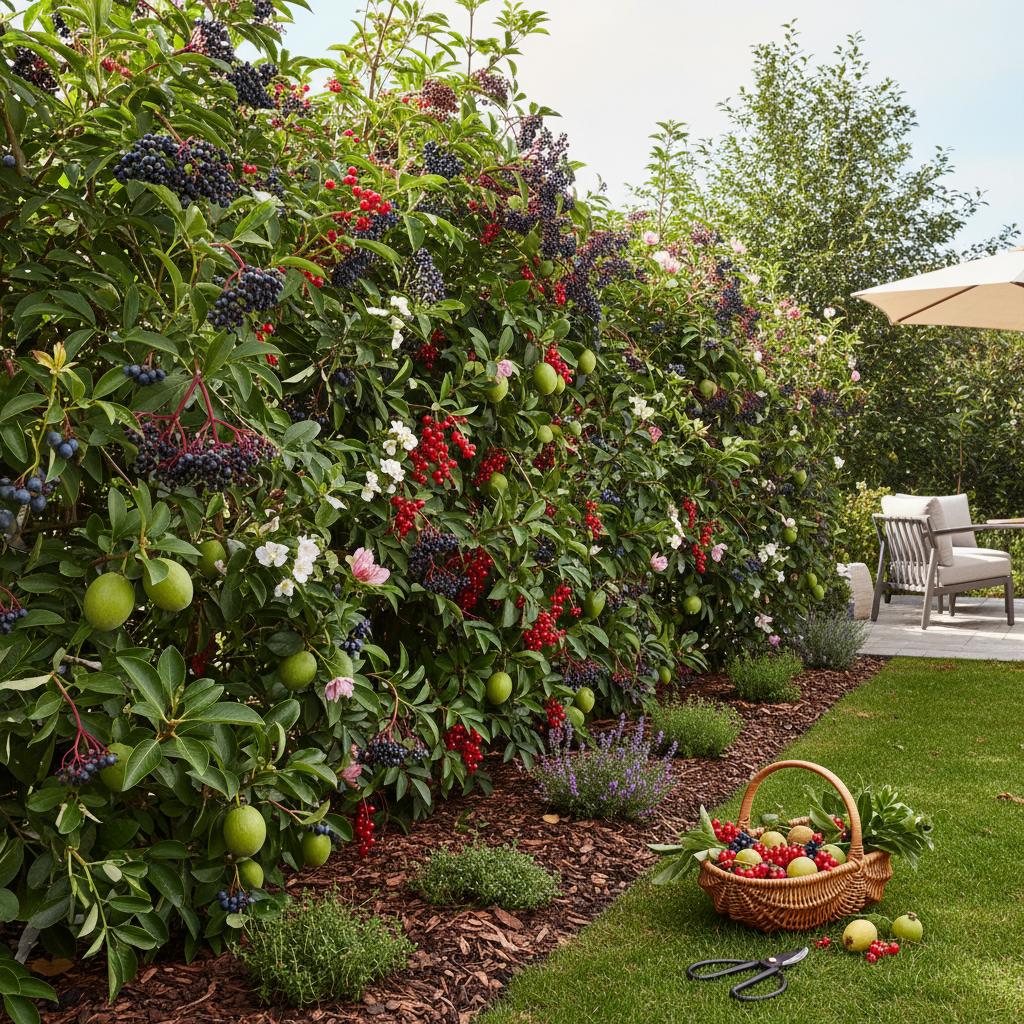Vertical Edibles: Transform Walls into Thriving Food Gardens
Consider a plain wall or cramped patio that lacks vitality. Imagine fresh herbs within easy reach or strawberries maturing near your kitchen entrance. Homeowners often face space constraints, yet the appeal of homegrown food persists. Vertical edible gardens revive walls, fences, and overlooked areas, converting them into bountiful, functional zones.
Vertical food production proves practical and rewarding. This approach redefines your living space. Every available surface transforms into an opportunity to cultivate vibrant, nutritious plants. Whether you begin gardening now or seek innovative methods, an edible living wall fosters a tangible, enjoyable bond with your harvest.
Planning Your Vertical Garden
Planning precedes installation of planters or soil filling. A solid plan supports healthy growth and longevity.
Evaluate Sunlight and Local Conditions
Sunlight exposure on your wall dictates suitable crops. Basil, oregano, and thyme thrive in full sun for six to eight hours daily. Lettuce and spinach favor partial shade with four hours or less. Track sunlight patterns throughout the day to select plants that match your site conditions.
Select Appropriate Supports
Vertical systems vary widely, including modular panels, stacked pots, hanging baskets, and vine trellises. Custom frames suit advanced users, while ready-made kits simplify irrigation and setup.
For beginners, options include:
- Fabric pocket planters that adhere to walls and promote root aeration.
- Tiered container stacks positioned against fences for mobility.
- Wire trellises or grids ideal for climbers such as peas, beans, or cucumbers.
Fabric options maintain lightweight profiles, containers permit repositioning, and trellises offer organic aesthetics. Base your decision on space limitations and desired visual style.
Address Irrigation and Drainage Needs
Elevated gardens dehydrate rapidly due to gravity's pull. Implement a system that delivers water evenly across heights. Drip lines provide efficiency, though manual watering succeeds with regularity. Ensure pathways for excess water to avoid root saturation.
Water from the uppermost level to leverage natural flow. Capture drainage at the base in trays for reuse on lower plants or collection.
Constructing the Vertical Food Garden
With planning complete and plants selected, construction begins. Here, imagination integrates with practical assembly.
Prepare the Mounting Surface
Inspect the attachment area for structural integrity to bear saturated soil and mature plants. For existing walls, apply a waterproof liner prior to securing elements.
Freestanding units require robust bases, such as pressure-treated lumber or metal frameworks. These must remain stable under full load.
Fill with Soil and Install Plants
Select premium, container-grade potting soil that drains well. Incorporate compost for natural nutrient enhancement, ensuring roots access oxygen and hydration.
Position vining or tall plants at the upper levels to prevent shading of companions below. Cluster species by hydration requirements, placing moisture-loving ones nearer the water source.
Secure roots firmly yet gently, then irrigate deeply to settle the medium.
Guide Plant Development
Mature specimens often require support through ties or clips. Employ flexible garden twine to safeguard stems from abrasion. Prune routinely to promote dense foliage and maintain tidy appearance.
Maintaining Your Edible Wall
A vertical food garden demands ongoing attention to flourish. Routine practices sustain its vigor and output throughout the growing period.
Establish Watering Practices
Elevated setups lose moisture swiftly, necessitating frequent checks. Probe soil to one inch depth; irrigate if dry until saturation reaches bottom tiers.
For irregular schedules, deploy timed drip irrigation. Uniform hydration minimizes plant stress and preserves robust flavors in produce.
Nourish the Garden
Potted environments deplete nutrients faster than in-ground plots. Apply diluted organic fertilizers or compost infusions biweekly. This regimen bolsters leaf color and enables repeated yields.
Manage Pruning and Succession Planting
Snip herbs often to stimulate regrowth. Discard faded foliage or blooms to redirect energy toward emerging growth.
Replace completed crops with fresh starts promptly. Such cycles ensure continuous productivity and aesthetic appeal across seasons.
Designing for Aesthetic Harmony
Beyond utility, a vertical edible garden serves as dynamic artwork. Diverse forms, hues, and aromas evoke tranquility and plenty.
View the arrangement from multiple perspectives. Alternate cascading and erect plants for visual movement. Coordinate shades for unity or blend tones for serene effects.
Incorporate elements like terracotta vessels, rattan holders, or timber accents for personality. These additions personalize the display, amplifying gardening's inherent pleasure.
Resolving Typical Issues
Well-designed gardens encounter minor hurdles. Prompt assessment resolves concerns efficiently.
Address Wilting or Dryness
Inconsistent moisture often causes this symptom. Refine your routine or enhance delivery with supplementary lines or dual-sided watering.
Handle Leaf Yellowing
Excess water or deficiencies trigger discoloration. Verify drainage; ease irrigation if waterlogged. Otherwise, supplement with compost or balanced feed if soil appears healthy.
Combat Insect Presence
Height deters some invaders, yet aphids or spider mites may persist. Hose foliage gently or apply diluted insecticidal soap. Integrate repellents like marigolds for natural protection.
Adapting to Your Environment
Vertical food gardening excels in adaptability. Initiate with a modest herb stack or full greenery facade. Scale based on site feedback and growing expertise.
Monitor daily light shifts on your wall. Note aroma variations post-rainfall. These observations sharpen intuitive care.
This method cultivates resilience and observation. Plants signal needs through position and response, shifting focus from flawlessness to harmonious interaction.
Harvesting the Rewards of Vertical Growth
As your wall densifies, its value emerges clearly. Culinary experiences enrich with on-demand herbs or greens. Basil's aroma by the stove or fence-side berries infuse routine with prosperity.
The garden transcends sustenance. It exemplifies renewal in constrained settings, inspiring expansion into other areas.



